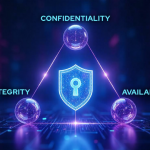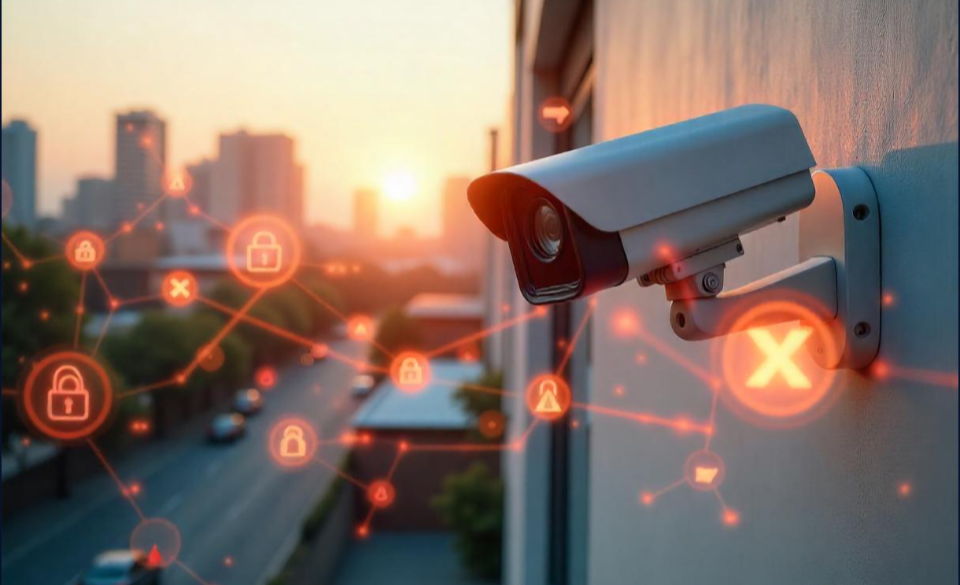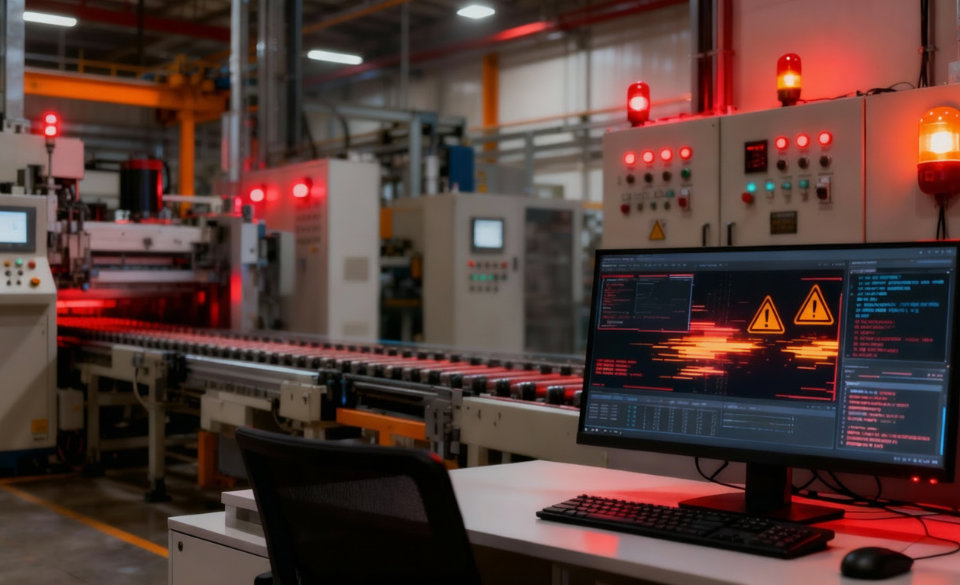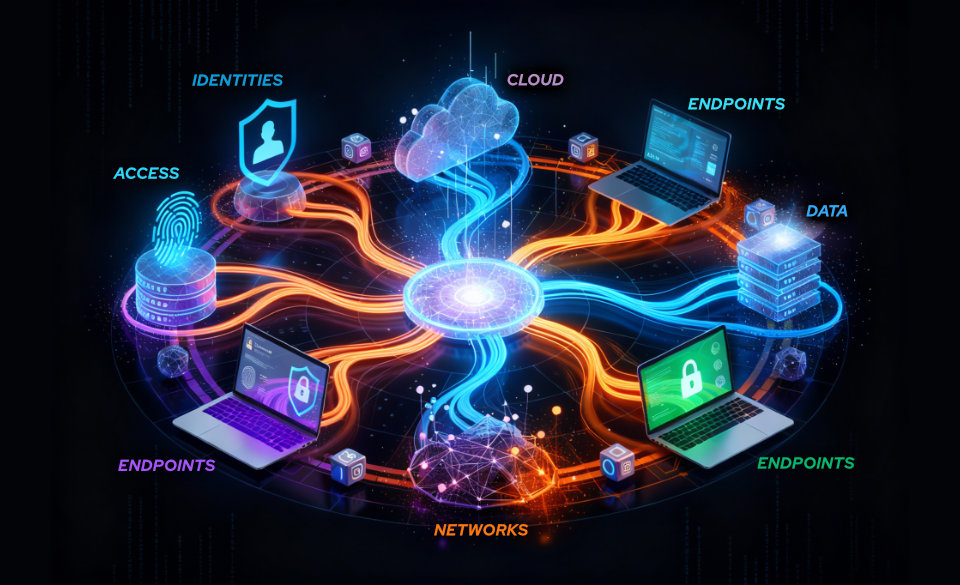
What ever happened to antivirus?
3 de July de 2025
What is cybersecurity?
17 de July de 2025Closed circuit television (CCTV) surveillance has become a critical pillar of both physical and logical security across organizations in all sectors: critical infrastructure, energy, transportation, industry, and public administration. However, what many companies still don’t fully understand is that these networks—if not properly secured—can become critical entry points for attackers. In this article, we explore the main attack vectors, common security flaws in these infrastructures, and how an advanced solution like Endurance enables the deployment of a real, robust, and auditable protection strategy.
The Anatomy of a Modern CCTV Network
Today, a video surveillance system is no longer made up of just simple cameras connected to a physical recorder. The modern environment includes:
- IP cameras connected to the network, many running Linux-based firmware.
- NVRs (Network Video Recorders) or VMSs (Video Management Systems), which centralize camera recording and management.
- Protocols such as RTSP, HTTP, ONVIF, or even Telnet in older devices.
- Remote access for maintenance by internal or external technicians.
- Connections to critical infrastructure or systems like access control, alarms, or industrial automation (ICS/SCADA).
This level of integration, if not securely managed, turns CCTV networks into prime targets for cybercriminals.
Main Vulnerabilities in CCTV Networks
- Cameras exposed to the Internet without protection: Often configured with open ports, default passwords, and outdated firmware. Shodan.io reveals thousands of publicly accessible cameras.
- Manufacturer backdoors: Some devices include hidden credentials or remote maintenance services that can be exploited by malicious actors if discovered or reverse engineered.
- Insecure remote access: Technicians connecting through RDP, poorly configured VPNs, or unencrypted protocols like Telnet/FTP.
- Lack of privilege control: Operators and technicians use shared accounts or reused credentials, with no traceability or control over who does what.
- Unencrypted video traffic: RTSP streams or remote viewing sessions can be intercepted by attackers on the local network (man-in-the-middle attacks).
- Insecure integration with other systems: Connecting surveillance systems with ICS platforms or OT networks without proper segmentation increases the risk of lateral movement.
Risks Associated with a Compromise
- Access to real-time video: for industrial espionage, monitoring shifts, or tracking activity patterns.
- Coordinated physical sabotage: by knowing routes, timing, and system blind spots.
- Persistence within the network: attackers use these systems as hidden access points that are hard to monitor.
- System hijacking or encryption (ransomware): disabling surveillance as a prelude to a broader attack.
How to Effectively Secure a CCTV Network
The traditional approach of closing ports and changing passwords is no longer enough. At a minimum, best practices must include:
- Network segmentation to isolate CCTV devices from the broader corporate or industrial environment.
- Controlled remote access using solutions that do not expose vulnerable protocols.
- Centralized credential management, with periodic rotation and elimination of shared accounts.
- Full activity logging, enabling forensic audits after incidents.
- Role-based privilege limitation, ensuring no technician has more access than necessary.
- Virtualized access to sensitive devices, isolating technician interactions from the real device environment.
Endurance: Advanced CCTV Circuit Protection
Endurance is a hardened work environment that goes beyond classic IT security. Its architecture makes it an ideal solution for distributed and complex CCTV environments by enabling:
- Access to cameras, NVRs, or associated switches via a secured remote desktop that encapsulates sessions and prevents direct contact with the network.
- Complete asset isolation, allowing only mouse, keyboard, video, and audio events to flow—never raw network packets.
- Elimination of VPNs or insecure tunnels to access remote locations.
- Control and recording of all technician activity, even if external or subcontracted.
- Application of granular and segmented permission policies, with automatic expiration or dual approval.
- Integration with VDI, allowing maintenance tasks to be conducted on disposable virtual desktops.
Comparison Table: Traditional vs. Endurance-Protected CCTV Environments
| Element | Without Specialized Protection | With Endurance |
| Remote access | Open RDP/VPN, Telnet, HTTP | Hardened remote desktop, encapsulated access |
| Traffic visibility | Video and commands accessible on network | Fully encapsulated; no exposed direct traffic |
| Credential control | Shared users, static passwords | Encrypted vault, automatic rotation, MFA |
| Activity logging | Nonexistent or partial | Full session and command recording |
| Network segmentation | Minimal or nonexistent | Full isolation via connection broker |
| Technician traceability | No idea who did what | Individualized, verifiable auditing |
| Third-party management | Shared VPNs, uncontrolled access | Temporary access, role-based control rules |
Use Case: Technician with Access to Multiple Locations
A public transport company has over 300 cameras spread across stations, tunnels, and control centers. Maintenance technicians regularly access the system to update firmware and check configurations. Under the classic model, they used RDP and shared VPNs to reach the NVRs, which resulted in:
- Loss of traceability.
- Lateral access to the internal network.
- Image leakage by a subcontracted technician.
After implementing Endurance, all access was encapsulated through the hardened work environment, and every session was recorded. Access is now approved on demand, and cameras are completely isolated from the corporate environment. The result: regulatory compliance, full control over technical access, and a drastic reduction in risk of data leaks or sabotage.
In a world where physical devices are increasingly connected and analog is dead, securing CCTV systems is no longer optional it’s a necessity. And Endurance, with its ability to isolate, control, and audit every technical access, becomes a strategic solution to protect a connection many still underestimate. It’s time to stop thinking of cameras as passive eyes and start treating them as potential gateways into your entire infrastructure.




